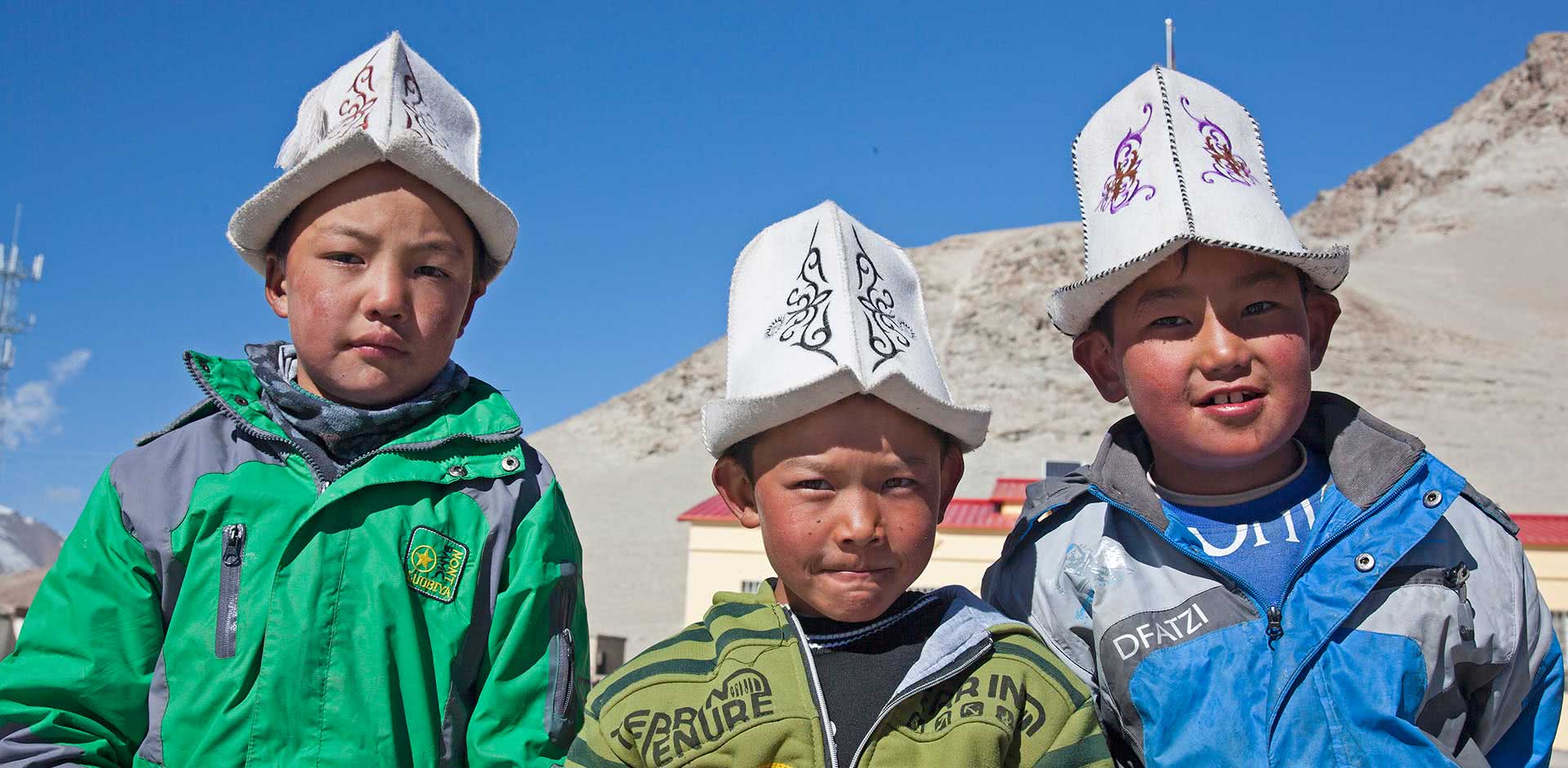“The caves at Dunhuang are the single most significant site of ancient Buddhist art in China and certainly one of the most important in the world. It is our job, it is all of humanity’s responsibility, to protect such places,” says Fan Jinshi, long-time director of the Dunhuang Academy.
In 2016 visitors to the Getty Museum in Brentwood, California found themselves transported a thousand years back in time to a remote outpost of the Chinese empire. The exhibition replicated three of the nearly five hundred caves that house Buddhists paintings, sculpture and scrolls from the Mogao Grotto complex in Gansu, China. The exhibition which toured the world was created as part of a 25 year collaboration between the Getty Conservation Institute and the Dunhuang Academy to preserve and protect the ancient trove of art also known as the caves of a thousand Buddhas and recognized as a world heritage site by UNESCO since 1987.

The Mogao cliffs along the Dunhuang river was an important point on the old Silk Road which connected the furthest extent of Asia to the markets of the Mediterranean. An oasis for travelers as the river provided both freshwater and essential salts to merchants and their animals as they faced the long dry trip across the Gobi desert to Persia and beyond. One of those travelers, a monk named Yuezen resting there during a pilgrimage in 366 had a vision of a thousand radiant Buddhas while the sun set beyond the far off mountains and ordered the first cave temple to be dug. Over the next thousand years 492 caves were dug varying in size from tiny cells where monks would lodge during long stays of meditation to galleries so cavernous one contains a 100-foot-tall Buddha statue with toes the girth of a man’s torso.
Artists filled the caves with stories of the Buddha along with murals that presented scenes of everyday life from farmscapes to tales of war, robbery, and trade along the Silk Road. The paintings stand as a document to the changing influences coming out of India, China, Tibet, and across central Asia as Buddhism proliferated throughout the greater region calling pilgrims to the site. By the 14th century new trade routes were established, soon the Silk Road was all but forgotten and the caves became choked with the drifting sands of the Gobi or were sealed off by monks against vandals and thieves.

ABOVE: Inside the Mogao Caves.
The cave complex remained in their semi-abandoned state until a Monk named Wang Yaanlu took on the role of guardian and in 1900 re-discovered what would later be counted as Cave 17, the library cave. There, among as many as 50,000 items considered to be the most significant find of ancient documents ever recorded, was a scroll now known as the Diamond Sutra, the oldest known printed book. The find attracted scholars from around the world who made the difficult trip to what is still today a remote corner of China in order to study, collect and acquire artifacts — with some making off with the treasures.
In 1979 the caves were opened to the general public and saw 26,000 visitors that first year. The arid environment of the region meant that the bulk of the murals, sculptures, and other decorative elements were still in good condition. Many though, especially the earliest, in caves closest to the river bank had suffered from centuries of sand storms and seasonal flooding. The early years of tourism added to the decline of the caves conditions as there were few restrictions on visitor numbers or control on behavior when even a simple curious touch could remove whole stretches of fragile paint laid down a thousand years earlier.

ABOVE: Exterior of the Dunhuang caves.
In the mid nineties a team from the Getty Conservation Institute headed up by Neville Agnew began working with the Dunhuang Academy to develop conservation techniques specific to the complex’s conditions as well as national guidelines for cultural heritage conservation and management known as the China Principles.
“Conservation is not restoration, conservation is focused on preserving what remains of a work intact, never to reconstruct or repaint. We are focused on freezing time so that visitors in a hundred years see just what we do today,” said Getty conservator Francesa Pique.
Cave 85 was chosen in 1997 as a model to test and develop conservation methods. Dug out in the year 867 during the height of the Tang dynasty It is one of the largest and most significant caves of the complex as it exemplifies major artistic and technical developments of the period. It was also chosen for the varied types of damage it had suffered due to floods that in some areas had stripped murals away to bare rock. The cave was closed to the public from 1997 to 2010 as new polymer materials and injection techniques were developed to consolidate and preserve the murals from further damage. These techniques were then used throughout the complex.

Neville Agnew who has headed the Getty end of the Mogao project for the 25 year span describes the surrounding area as a balanced landscape, conducive to meditation. As part of the conservation efforts a series of sand resistant fences and vegetation grids have been woven around that restful landscape to cut the massive amount of sand that once drifted in from the surrounding desert. Today each of the 492 caves is sealed with a door, though only about 100 are considered attractions open to the public.
The culmination of the collaborative effort to conserve the complex is the 50 million dollar visitors center designed by Architect Cui Kai that opened in 2014. Designed to simulate the sand dunes that surround it the visitors center’s mission is multifaceted. Firstly it houses a theater where two 20 minute film presentations edited from digital scans of 93 caves helps reduce the amount of visitors who actually enter the complex itself. It houses a command center where the activity of the 6,000 visitors allowed into the caves each day are monitored. Each cave has sensors that measure temperature, humidity and CO2 levels, when a sensor detects a dangerous level tourists are escorted out and the cave is closed until conditions return to normal.
The 26,000 tourists who visited back in the late seventies has grown to a million annual visitors today. With the finalization of the conservation and monitoring work done though the Getty restoration institute have left, taking the knowledge, techniques, and materials they helped develop at Magao to other grotto sites in China.




